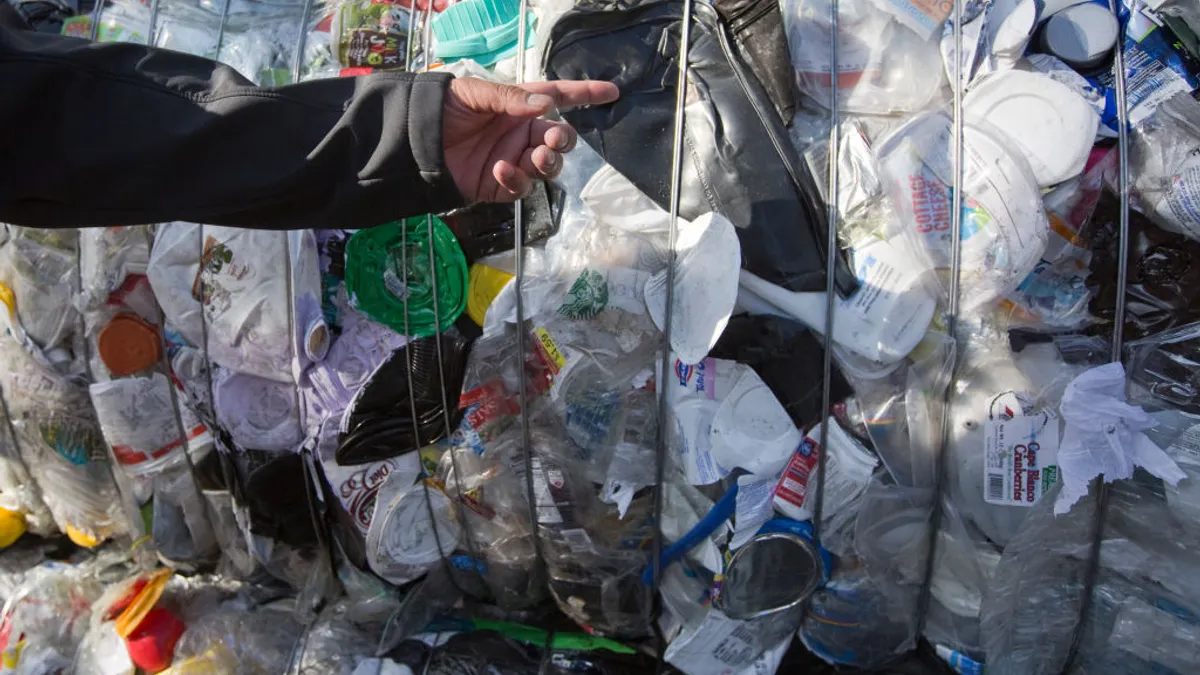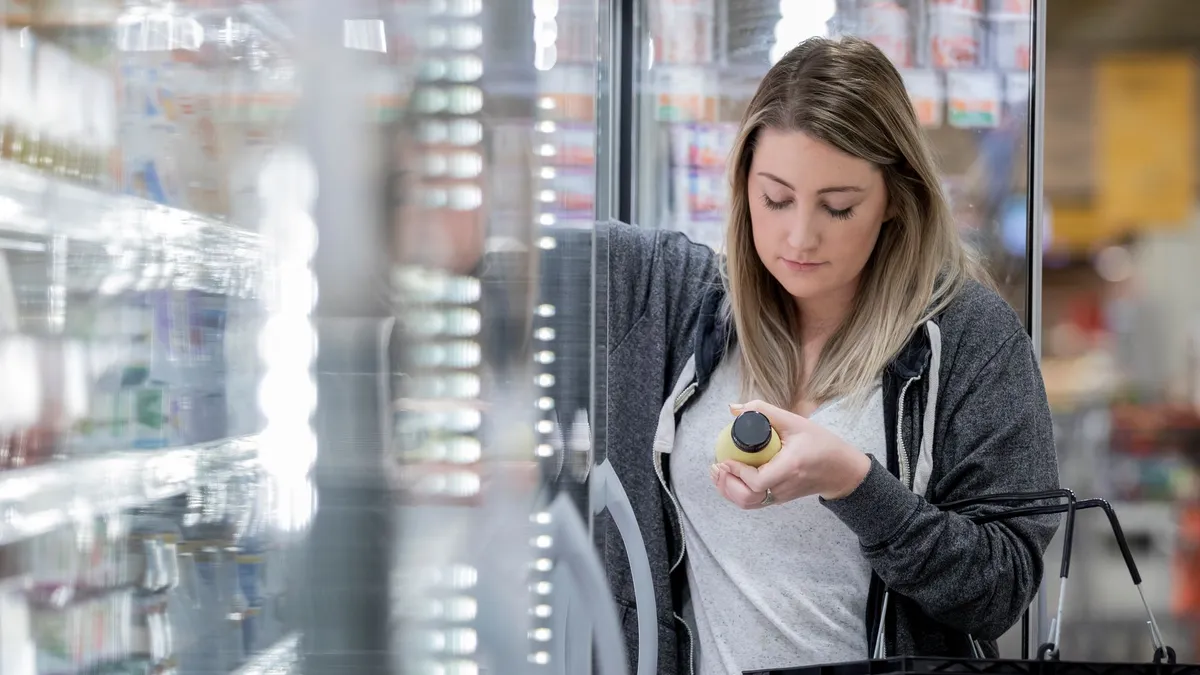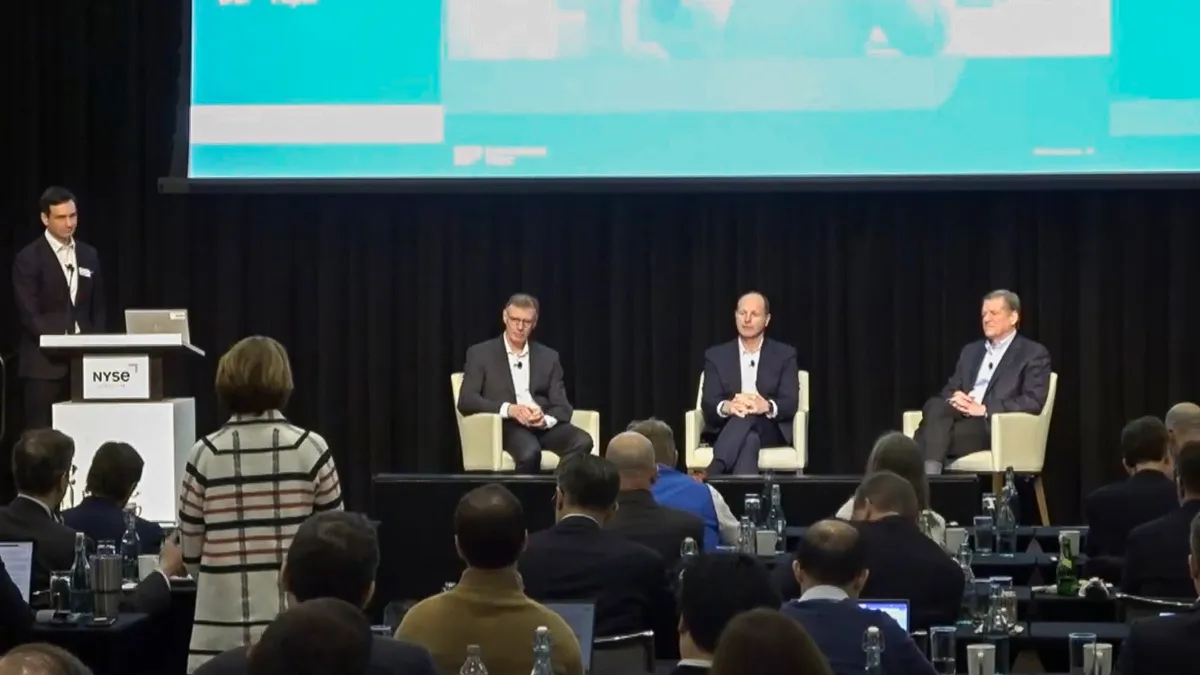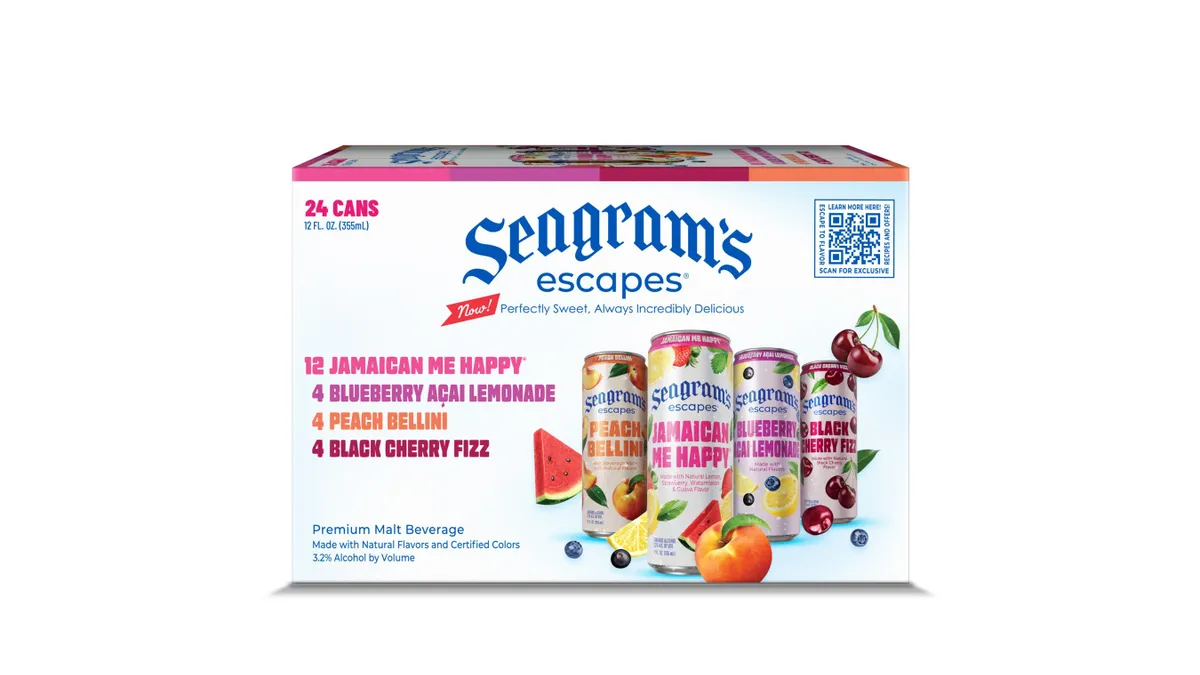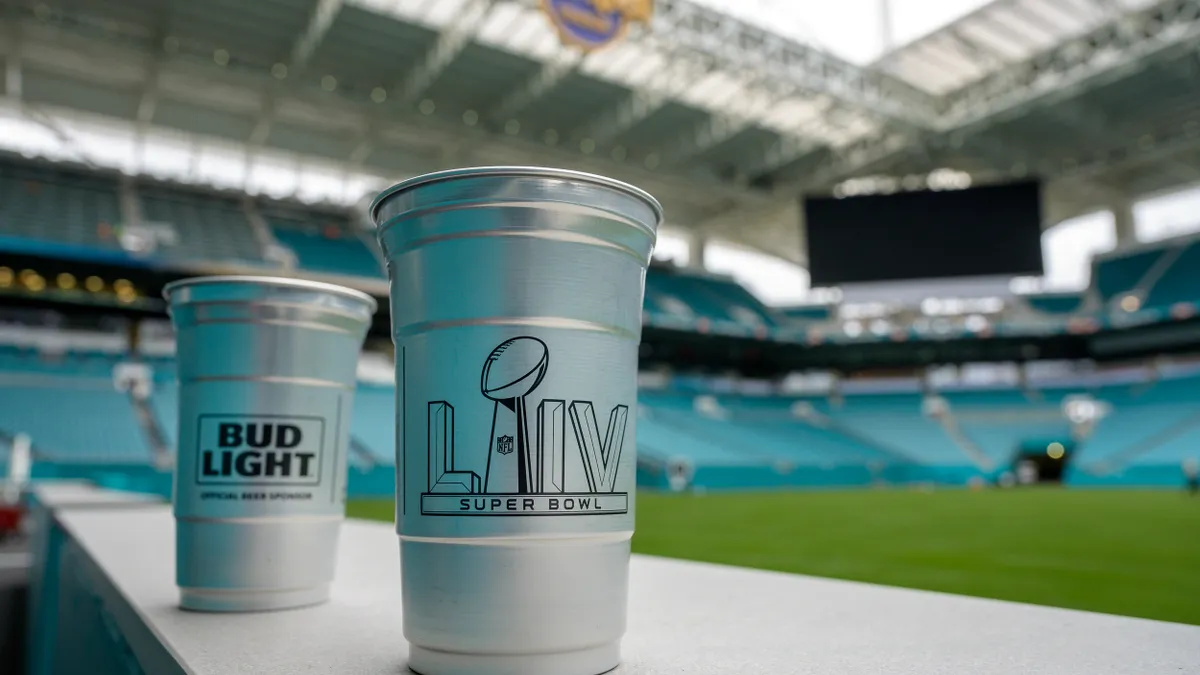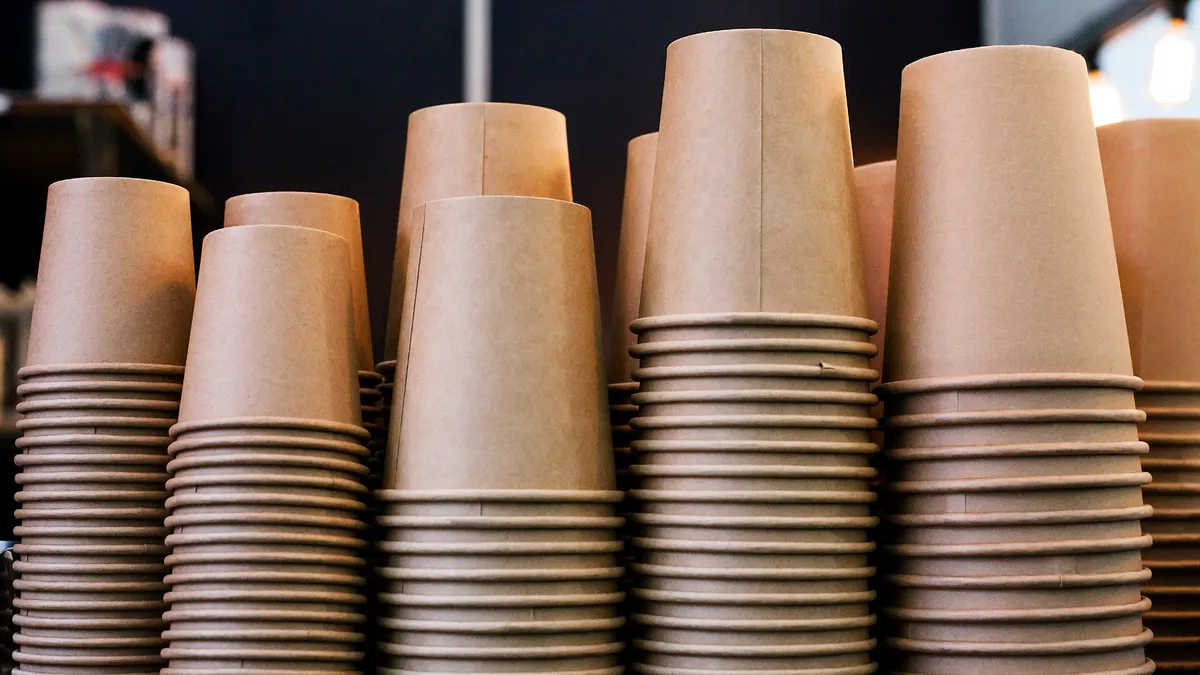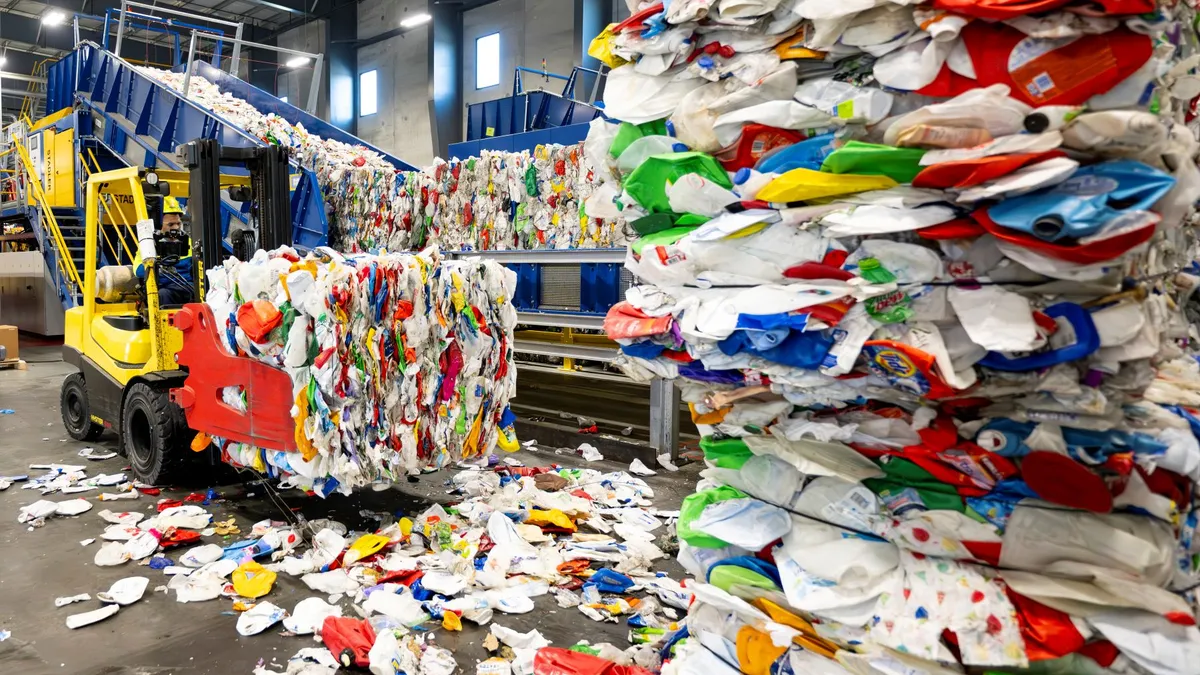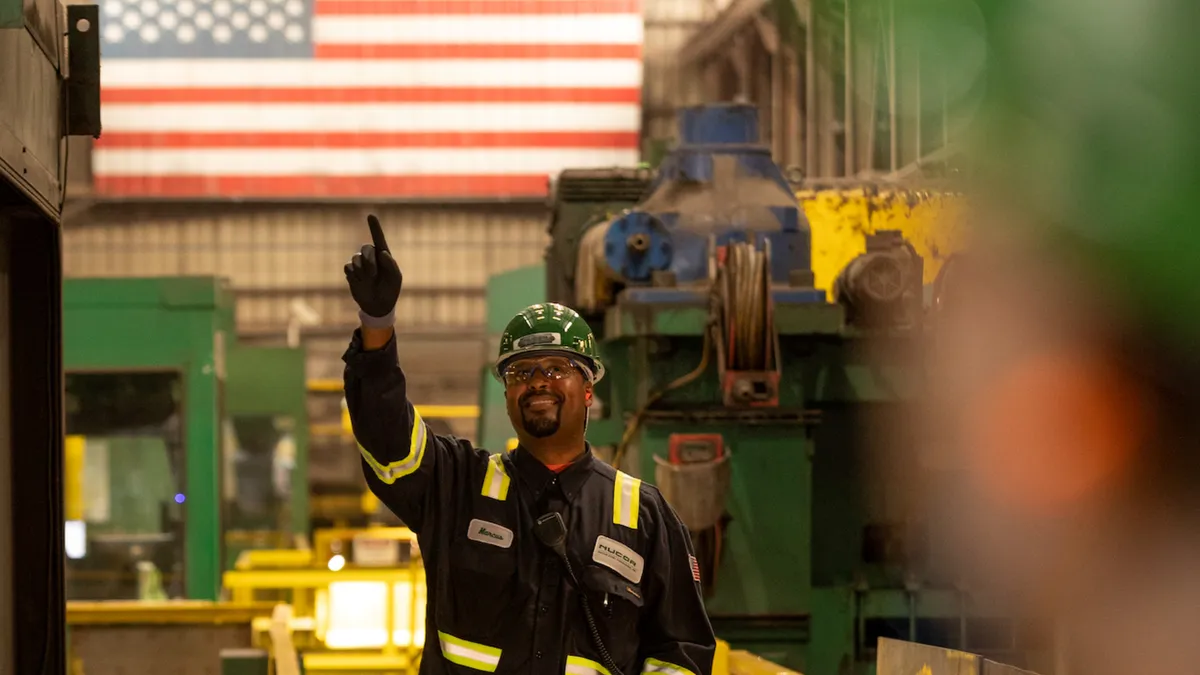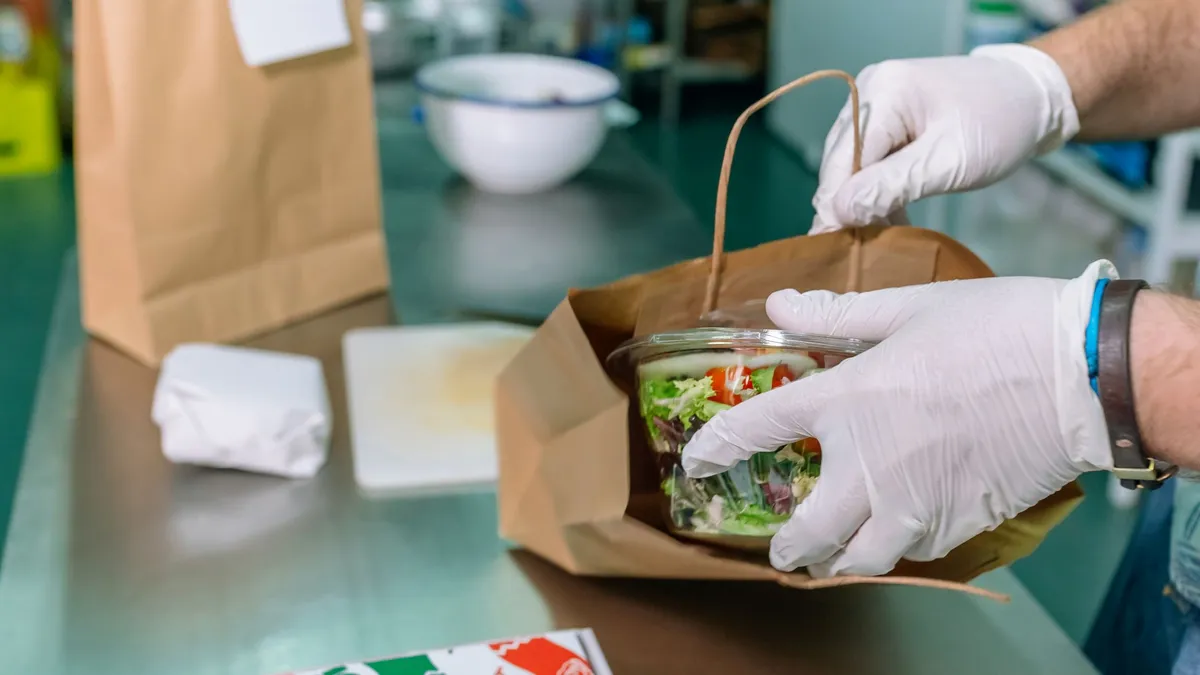Fiber packaging companies decided to start 2024 with a bang: Multiple operators nearly simultaneously announced product price increases. Three weeks into the new year, the markets are iffy on whether to recognize the increases, furthering speculation about whether the actions are ill-timed and what they mean for supply-demand dynamics in 2024.
Announcements for the price increases began in early December. Implementation largely was set to begin on Jan. 1 or will start on Feb. 1.
Linerboard customers experienced the initial round of notable price bumps, the first in nearly two years for that market. Five of the six largest North American containerboard and corrugated box companies — International Paper, WestRock, Packaging Corporation of America, Pratt Industries and Cascades — were the first to announce nearly identical $70/ton to $75/ton price hikes for Jan. 1. Collectively, those companies comprise nearly 70% of North American containerboard capacity.
A series of increases for other grades, such as uncoated recycled paperboard, and from other companies — including Graphic Packaging International, Greif, Ox Industries and Sonoco — followed through December and January.
Generally, the increases constitute a 7% to 16% price rise. The companies largely said the action is because of higher input costs for raw materials and transportation, as well as energy and labor.
Overall, observers have said the hikes are premature given recent fiber packaging economics — especially for boxes.
“You’ve had two consecutive years of negative growth in the box business,” said Myles Cohen, founder of consulting firm Circular Ventures and former president of Pratt Recycling. “My view is it’s a very poor environment to try to command a corrugated box price increase.”
Fastmarkets RISI published a Dec. 5 analysis following the initial increases, calling the wave of action “shocking” and a “bold move questioned by most in the marketplace.” The analysis cited a national box buyer who said raising prices now “seems oddly timed” and speculated that fiber packaging companies were “trying to influence the market from further declines.”
Companies often implement price increases when demand is high. For instance, a Dec. 1 Truist Securities report highlighted how companies hiked prices during the pandemic when demand increased, but declines occurred during the subsequent period of lower demand and destocking.
But the December Fastmarkets analysis noted that no market indicators currently suggest a tight market. It also confirmed that box shipments had been down 6% to 7% for five consecutive quarters, through Q3 2023, and during that time containerboard mills only operated at 85% of their capacity.
“If your mills are running at 85%, there is a lot of available supply out there. It’s basic economics,” said Ryan Fox, corrugated packaging market analyst at Bloomberg Intelligence. “There's capacity coming out of everybody's ears to make boxes, and the only way to stay competitive is to keep your prices down.”
Packaging Dive reached out to multiple fiber packaging companies, but they declined to comment on the price increases.
Rate rise rejection?
Some packaging company executives began reporting glimmers of hope for box demand late in 2023. And the Institute for Supply Management released a prediction in December that manufacturing revenues will increase in 2024, with growth expected to accelerate in the second half of the year.
But the most recent ISM report showed that manufacturing contracted in December for the 14th consecutive month. And although box demand is predicted to be higher this year than 2023, which was generally considered a trough, expectations aren’t for a return to the boom times. Thus, some industry players and observers are skeptical about whether price increases will stick.
A recent report raised doubts about the new price stickiness: Fastmarkets RISI’s monthly pricing report, out Jan. 19, showed all containerboard and boxboard prices remained flat in January compared with December. Some analysts and observers say the lack of higher prices reflected in that monthly report shows the markets are rejecting companies’ Jan. 1 price increases.
“If a mill decides to raise prices by $70 [per ton] and the buyer can buy paper from somewhere else” for less, then customers might seek alternatives, Fox said.
Cohen had predicted prior to Friday’s monthly price data release that big customers would not accept fiber companies’ raised prices unless they are contractually obligated to do so. Beyond outright rejecting an increase, customers might only agree to a smaller percentage increase — if the fiber company agrees to maintain that pricing for a longer period, such as a year, he said.
“They might be able to get some price increases with some smaller customers. But I don't think ... that they're going to get increases for the majority of their containerboard tonnage,” Cohen said.
Yet, a Jan. 21 Truist analysis of the Fastmarkets RISI pricing news presented a split picture. It cited some demand increases in January that could grow further in the coming months. About one-third of those surveyed for the report said their prices were higher in January, one-third reported no change and one-third reported lower prices; the majority of those in the latter two categories said they anticipate an increase in the coming months.
Sources point out that no standard fiber contract exists. Because different customers might have various contingency clauses written into their contracts, that further complicates pricing models by providing some wiggle room for customers to receive rebates or seek other suppliers if they view price conditions as unfavorable.
“I don't know that there are going to be many brands that are willing to take a price increase,” Fox said. “Operating rates are very low, all things considered. There’s an oversupply of paper.”
Capacity’s role in the equation
Regarding supply, a spate of new containerboard production capacity came online in recent years, with 15 new mills starting up between 2020 and 2023, said Bill Moore, president of consulting firm Moore & Associates, at a recent conference. That adds up to about 5 million extra tons annually; when accounting for the 2.5 million tons lost during machine shutdowns over the last year, it’s still about 2.5 million extra tons of annual capacity.
“The capacity to make linerboard exceeds the current domestic demand for linerboard,” said Chaz Miller, founder of Miller Recycling Services. “Although the impact of inflation is starting to decrease, the real question remains about demand.”
Consumer spending has been up during the past year, according to Bank of America analysts and others, but economists expect that to slow in 2024. Some CPG and packaging companies began noting late last year that spending habits were in flux as inflation-struck consumers began pulling back on purchases, or at least trading down to less expensive product alternatives. When considering that curtailed consumer spending typically correlates to lower box demand, all these elements raise uncertainty about what’s ahead in 2024.
Sources caution that inflation plays into consumer spending numbers. While spending may appear higher on the surface, consumers might simply be paying more for the same products rather than buying in greater volume. Instead, a truer picture of demand lies in unit sales, which are largely down, Miller said.
“If your unit sales are down, you just don’t need as many boxes to ship your products,” he said. “It's going to be interesting to see how a price increase works in a situation in which sales are declining.”
But nearly all of the major players are simultaneously increasing their fiber packaging prices, said Moore. Plus, Fox pointed out that some customers prefer to only do business with one mill due to perceived quality differences. Those factors make it less likely for buyers to simply switch suppliers to avoid a cost hike.
“Even if the full price increases don't stick, I think [the companies] will get some increases,” Moore said.





